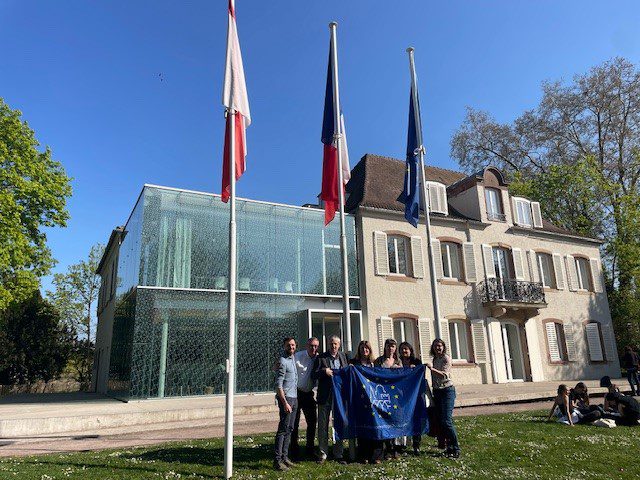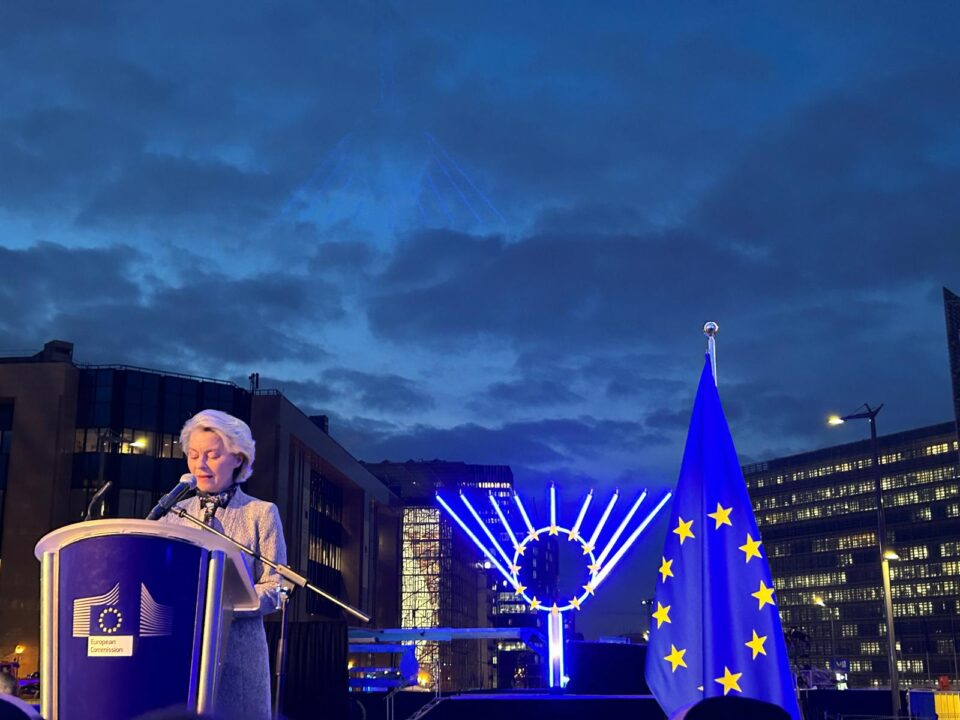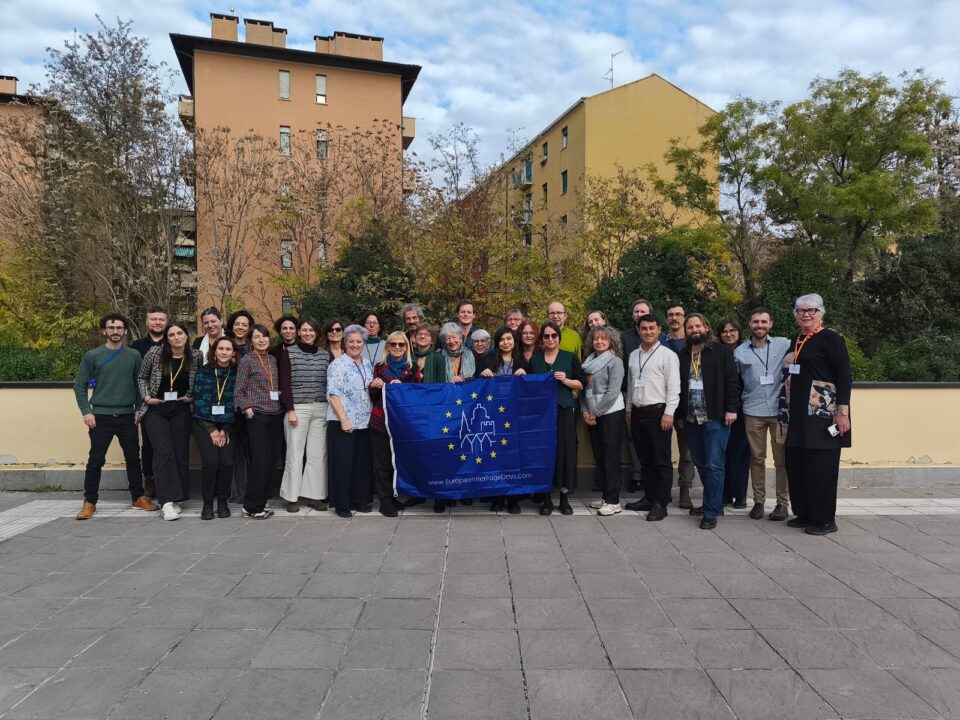What’s hidden in Jewish heritage?


AEPJ takes part of the working group of the European Heritage Days for the definition of the theme of 2027, contributing from the Jewish heritage narratives perspective. The meeting is framed within the strategic cooperation between Cultural Routes and the European Heritage Days the Council of Europe.
The AEPJ has been invited by the Council of Europe to the working group on the theme of the 2027 European Heritage Days, which is composed by a core of experts representing several countries, national coordinators of the EHD, and experts in cultural heritage management. In its quest to strengthen transversal relationships between the different projects around cultural heritage that the Council of Europe promotes, the coordination team of the EHD at European level has counted on the AEPJ since it is not only the leading institution of the European Routes of Jewish Heritage as a certified by the Council of Europe, but also because the European Days of Jewish Culture take place at the same time of the year as the European Heritage Days. It is therefore a common line of work with a wide potential for projection between the two initiatives.
The meeting consisted mainly of a reflection from a profoundly multifaceted perspective around the possible approaches to the concept that will guide the definition of the theme of the EHD of 2027: Hidden Heritage. In this sense, the participants of the working group contributed to the discussion bringing several study cases, such as heritage that is physically hidden, narratively, interpretatively, or due to the construction of cultural identities, which tend to homogenization and therefore to the denial of diversity.
Entering into this approach, from the experience of the European Routes of Jewish Heritage, examples were presented such as Hebrew documentation that has remained hidden for centuries, either due to the reuse of paper for new purposes, its storage in a genizah or the urgency to preserve memory during persecution by totalitarian regimes; the presence of elements referring to Judaism in medieval Christian art based on cases such as the Cathedral of Strasbourg or the altarpiece of Santa Maria de Sixena; cases of assimilation of Jewish cuisine by the non-Jewish societies of Izmir or Mallorca; actions of recovery and vindication of memory in Krakow by the FestivALT; actions that involve the local non-Jewish community to make Jewish history visible in cases where it is disconnected of contemporary identity, as is the case of the Medieval Route of Rashi in Champagne; initiatives to open up Jewish culture and life to citizens, such as the Balagan Cafè by the Florence’s Jewish Community; cultural diversity within Judaism, not very visible from the outside but extremely rich and full of nuances within Jewish society, such as kashrut, the architectural styles used in the construction and decoration of synagogues over the centuries in cities such as Erfurt, Subotica or Toledo; the disappearance of the urban landscapes of Jewish quarters in thousands of towns and cities, taking as an example the POLIN (post) exhibition Jewish Opatów through the eyes of Mayer Kirshenblatt; the contribution of Jewish figures over the centuries to science and technology, based on examples of astronomy and cartography; without forgetting that the narratives of the European far right wing today, beyond supposing growing expressions of hatred, tend to hide the involvement of their respective countries in the Shoah, posing a serious risk to European memory and to policies for peace and to combating antisemitism.
Beyond the contributions made, the reflection on hidden heritage also invites the European Routes of Jewish Heritage to analyse how Jewish heritage approaches all citizens for whom Jewish life and legacy are not very visible, therefore hidden, throughout Europe and the need to face this challenge through educational heritage action, that puts people at the centre of action, that puts dialogue first and that pursues the interconnection of cultural, educational and rule of law policies.
From the AEPJ we deeply thank the European Heritage Days team of the Council of Europe for the invitation, looking forward to fruitful collaboration over the upcoming years, with the goal to contribute to mutual growth between the European Heritage Days and the European Days of Jewish Culture.


